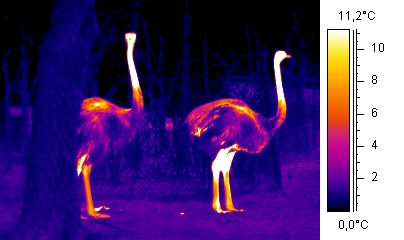Pottery: It’s time to be ambitious.
(Ball Boy is an author photograph a piece of meso-American pottery from the Harvard Peabody Museum. Chocolate Man is from here.)
I’ve been interested in meso-American pottery for the entire last year. I’ve tried various things (see here.) with some success. I decided to actually attempt to replicate some forms.
Ball Boy is a container I found in the Harvard Peabody collection. I’m sad to say I don’t have the identifying information from the collection. Chocolate Man is a Mayan cacao container. Both are pre-colonial.
Let’s start with Ball Boy.
I actually wanted to get fairly close to Ball Boy’s actual appearance, including the painting. I decided to hand build him by using a puki as described by Andy Ward. Pukis are essentially molds that pottery is pressed into. This particular puki was a bowl that was roughly spherical shaped. Then, once I had the shape made and properly smoothed, I popped that one out and made the second one. Now, I had two halves of a ball. I “glued” them together with slip, clay wet to the point that it’s more liquid than solid. Once that was done, I tapped it into a spherical shape.
Then, I made the features and used slip, again, to glue them into place.
By the time I was done, I had to show him upside down since there was a hole at the top where he rested. I didn’t want to flatten the bottom.
Then, I put his legs on.
Now, I had to paint him.
It’s already clear that I had made a few mistakes on the face. The biggest one was making the ball too small. The original Ball Boy was quite large—basketball sized. This ball was about the size of basketball, too—if it was a basketball for toddlers. This meant that the size of the features were too large in proportion to the ball. I decided to continue with it.
Ball boy has some interesting features. First, was his color. I mixed up some underglaze to what I thought would be the right color. A lot of times, the underglaze shows its true colors before firing. Not so much this time.
What came out of bisque firing was interesting but not quite right. Bisque firing is low temperature. It’s enough to turn clay into ceramic but it’s not chemically complete for what we do at the Arts Center. It makes the pot strong enough to hold conveniently, paint, etc.
It’s not always clear what the colors are going to look like until the glaze firing. The temperature is considerably hotter. Glazes take on a glass like consistency. True color comes out. What goes into a glaze firing—
—isn’t necessarily what comes out.
I had a different goal for Chocolate Man. At this point, I can’t hope to equal the amazing painting. But I did want to approximate the form.
Again, I used a puki. This time, it was a bucket. When you look at the form of the original Chocolate man, it’s essentially a bucket with legs and a top. Once I pulled it out of the puki, I had to smooth it and put handles and feet on it.
The top I turned on the wheel. It was just easier.
While I didn’t want the original paint job, Chocolate Man needed some kind of decoration.
I’ve been reading a lot about the Nazca Lines lately. These are geoglyphs: human made images using the earth as canvas. The Nazca Lines are particularly interesting. They are elaborate designs of animals, people, or plants made by removing the topsoil over intricate paths.
I used a DIY decal technique I read about. I traced out the image I wanted and scanned it. Then, I reduced it to the size I wanted and printed it out on newsprint. Then, I took the image to the studio and carefully “inked” over it with red underglaze—I’ve been enjoying using the red underglaze for a while now. Once that was done, I let it dry. Then, I wet the surface of the unfired Chocolate Man and carefully sponged the image onto the target pot. The whole process is described here.
The nice thing about this technique is that you do it all on greenware. Then, it can be repaired or enhanced by working over the image at the bisque stage. Again, you never know what you’re going to get at the glaze stage.
But it came out all right.
Obviously, none of these are perfect. I could have done much better handles on Chocolate Man. The top doesn’t have the same conical shape as the original. Pretty much the original is better than the copy in every way.
I’m not happy with the eyes on Ball Boy. Ball Boy came out as more of a parody of the original than anything else. He’s laughing at me. I can tell.
Still. I’m getting there slowly.













